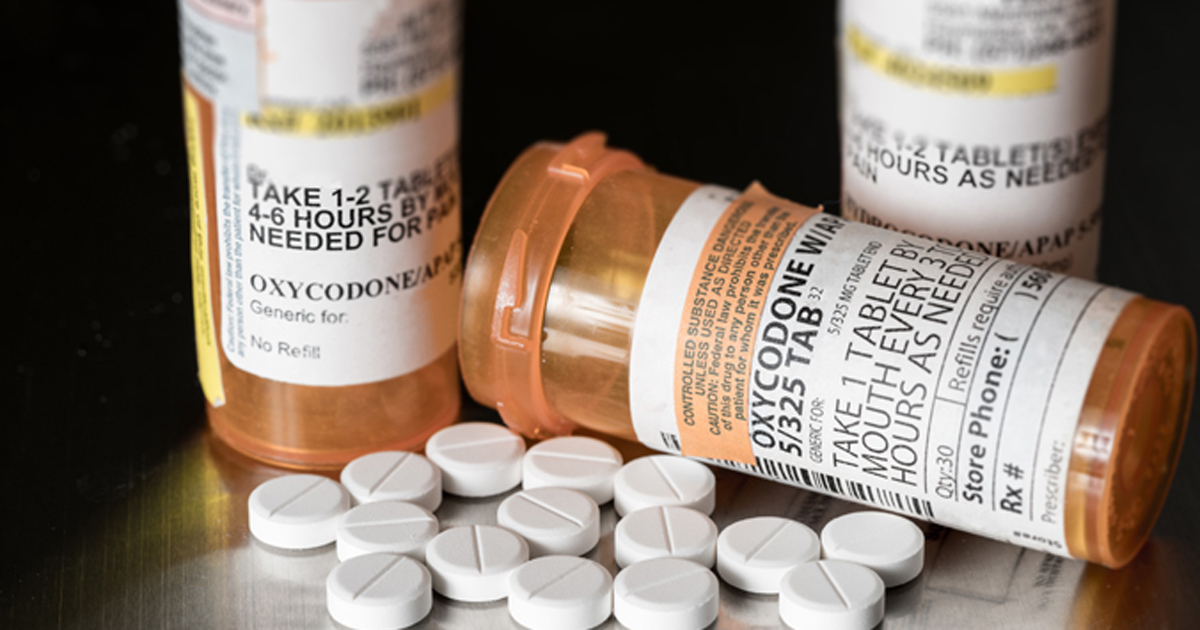Opioids prescribed for ankle pain despite lack of guidelines
Opioid prescriptions were filled by 11.9% of patients with an ankle sprain within 7 days of diagnosis and 8.4% of opioid-naive patients had continued opioid use more than 90 days after injury, according to a study published in the Annals of Internal Medicine.
Most opioid prescriptions for ankle pain were made by physicians in emergency medicine (38.2%) and primary care (31.6%) settings, according to study findings.
“The opioid epidemic is a result of overprescribing by practitioners and misuse and diversion of opioids,” Fred T. Finney, MD, of the University of Michigan, and colleagues wrote.
“Although the role of opioids in the treatment of ankle sprains has been discussed, these drugs have never been included in treatment recommendations,” they continued.

Researchers used the Optum Clinformatics Data Mart, a database of commercial health insurance claims from patients insured by the UnitedHealth Group, to collect data on patients diagnosed with ankle sprain from January 2008 to December 2016.
Researchers reviewed patient prescribing data from 1 year prior to injury to 6 months after injury. Those who had not received an opioid prescription in the previous year were considered opioid-naive and included in the study. The rate of opioid prescriptions filled within 7 days of ankle sprain diagnosis and between 91 and 180 days of diagnosis were determined based on prescription data.
Researchers identified 591,663 patients who were diagnosed with an ankle sprain during the study period. Of those, 70,692 (11.9%) filled an opioid prescription within 7 days of diagnosis.
Among the initial group, 454,813 were identified as opioid-naive and of those, 37,603 (8.3%) filled a prescription within 7 days of diagnosis. In opioid-naive participants, 8.4% filled an opioid prescription more than 90 days after ankle sprain diagnosis.
The most frequently prescribed opioids among the study cohort were hydrocodone (62.3%), tramadol (15.6%) and oxycodone (11.5%).
“This study identied a large cohort of opioid-naive patients who received nonsurgical treatment of ankle sprain and showed a relatively high rate of opioid prescription and persistent use,” Finney and colleagues wrote. “It is imperative that clinicians identify which injuries are appropriate for opioid therapy and develop and adhere to appropriate evidence-based prescribing guidelines.” – by Erin Michael
Disclosures: Finney reports no relevant financial disclosures. Please see study for all other authors’ relevant financial disclosures.

